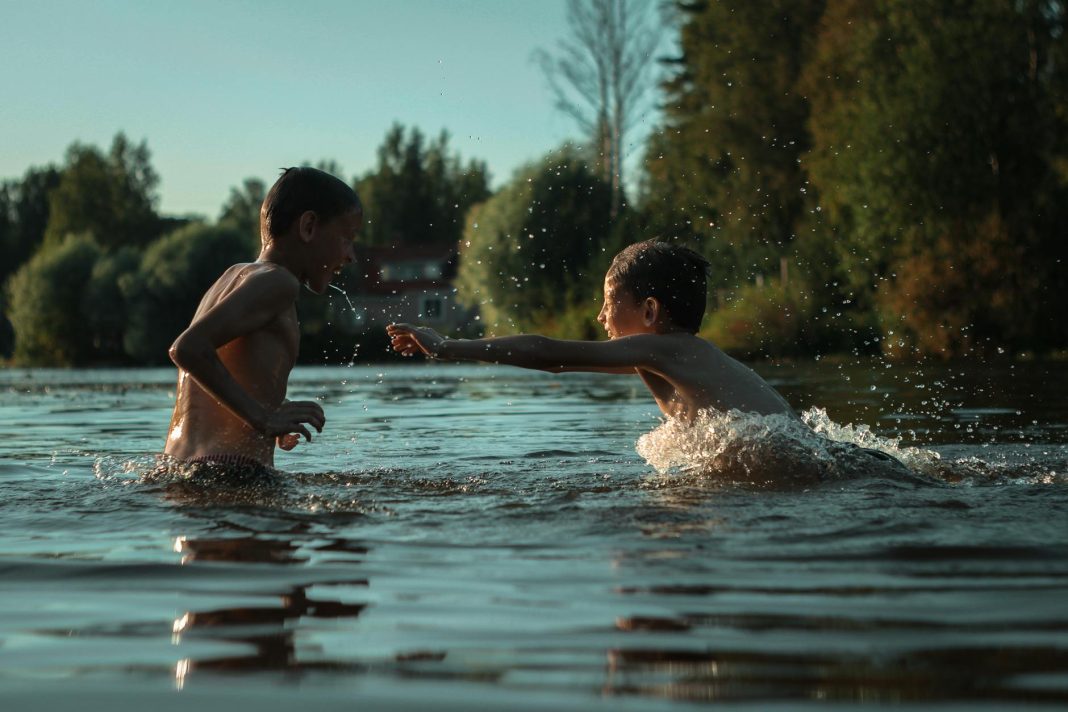Let’s be honest, parenting is a wild ride. One minute you’re basking in the adorable gurgles of a baby, the next you’re wrestling a toddler over a broccoli floret. Navigating the tricky terrain of discipline and boundaries can feel overwhelming, even for seasoned parents. But the good news is, it doesn’t have to be a battleground. This isn’t about control; it’s about connection, respect, and helping your kids develop into responsible, well-adjusted individuals.
Understanding Boundaries: It’s Not About Restriction, It’s About Safety and Respect
Boundaries aren’t about being a meanie and saying “no” all the time. They’re about creating a safe and predictable environment where your children feel secure. Think of them as guardrails on a rollercoaster – they keep things exciting but also prevent runaway chaos. Boundaries protect your kids, protect you, and teach them valuable life lessons about self-control and respecting others.
Setting respectful boundaries involves:
- Clear Communication: Explain your rules clearly and simply, using age-appropriate language. Avoid vague statements; instead of “be good,” explain what “good” looks like in this specific situation.
- Consistency: This is crucial. If a rule is broken, the consequence should be consistent every time. Inconsistency breeds confusion and undermines your authority.
- Collaboration (when appropriate): Older children can be involved in setting some boundaries. Involving them makes them feel heard and helps foster a sense of responsibility.
- Positive Reinforcement: Focus on what your child *does* right, rather than just what they do wrong. Celebrate successes and acknowledge their efforts.
- Flexibility: Life happens! While consistency is important, be prepared to adjust boundaries as your child grows and matures.
Positive Discipline: Moving Beyond Punishment
Traditional punishment – time-outs, yelling, spanking – often backfires. It can damage your relationship with your child and create a cycle of negativity. Positive discipline, on the other hand, focuses on teaching and guiding rather than punishing. It emphasizes understanding the *why* behind a child’s behavior and helping them develop self-regulation skills.
Effective strategies for positive discipline include:
- Empathy and Understanding: Try to understand your child’s perspective. Why are they acting out? Are they tired, hungry, frustrated, or simply seeking attention?
- Natural and Logical Consequences: Let the consequences of their actions teach them a lesson. If they refuse to clean up their toys, they can’t play with them for a while. This is more impactful than arbitrary punishment.
- Problem-Solving Together: Involve your child in finding solutions to problems. Ask questions like, “What could we do differently next time?”
- Positive Language: Focus on what you *want* your child to do instead of what you don’t want them to do. Instead of “Don’t run,” try “Let’s walk gently.”
- Offering Choices: Giving your child choices empowers them and increases their cooperation. Instead of “Eat your vegetables,” try “Would you like carrots or peas?”
Behavior Guidance: Practical Tips for Everyday Challenges
Parenting isn’t a science; it’s an art. What works for one child may not work for another. But here are some practical tips to navigate common behavioral challenges: The Tame-the-Chaos Guide to Family Harmony: Boundaries & Positive Discipline
Tantrums:
Remain calm (easier said than done, we know!). Offer comfort and reassurance, but don’t give in to the demands that fueled the tantrum. Once the tantrum subsides, connect and talk about what happened (when they’re calm).
Lying:
Address the lie calmly and directly. Focus on the consequences of dishonesty and help your child understand why telling the truth is important. Build trust by being trustworthy yourself.
Defiance:
Try to understand the root cause. Is your child seeking attention, testing limits, or feeling overwhelmed? Offer support and redirect their behavior rather than engaging in a power struggle.
Sibling Rivalry:
Teach your children to resolve conflicts peacefully. Help them find ways to express their feelings and share without resorting to fighting or name-calling. Fairness isn’t always equal treatment; sometimes it requires different approaches for different children.
Remember the Big Picture: Nurturing the Relationship
Ultimately, discipline and boundaries are about building a strong, healthy relationship with your children. It’s about guiding them toward becoming responsible, empathetic, and capable adults. Remember to keep the lines of communication open, show your love and support, and celebrate their successes – big and small. It’s a marathon, not a sprint, and there will be bumps along the way. Be patient, be kind to yourself, and remember you’re doing your best.

